
Cuba is multiple, complex, mixed, heterogeneous... and this reality is visible everywhere. In the streets, in the music, in the cults, in the culture, in the derelict buildings. A journey between beautiful American cars and horse-drawn carriages, between poetry and bitter beauty.
Habano: Cuban cigars
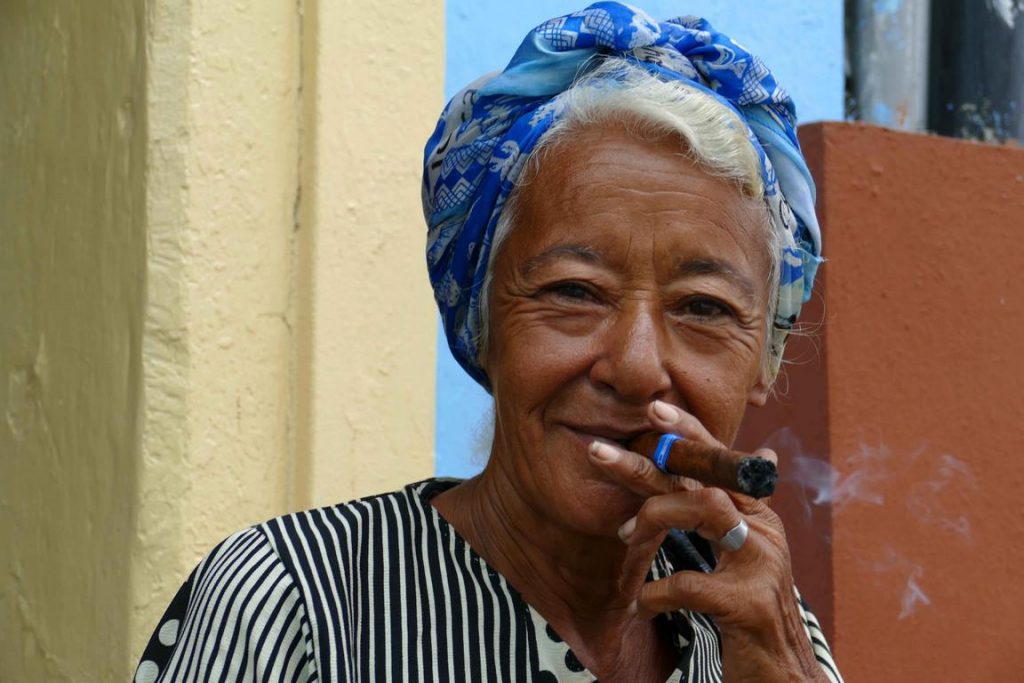
Nowhere in the world grows better tobacco than in Cuba. Discovered in 1492 by Christopher Columbus and his crew, tobacco-puro (rolled cigar) was used by the natives during certain rituals. This "Indian leaf", as José Marti, founder of the Cuban Revolutionary Party and apostle of the fight for independence, called it, is emblematic of the island. Only a handful of plantations are deemed worthy of producing the leaves that go into making the famous Havanas. It is the soils and the varieties that will give the habano all its character, its varied fragrances, the exquisite aroma of pure Havana, such as the Romeo Y Julieta Churchills inspired by Sir Winston Churchill.
Pinar del Riothe island's western province, includes a number of production areas protected by designations of origin, such as Vuelta Abajo or San Luis.
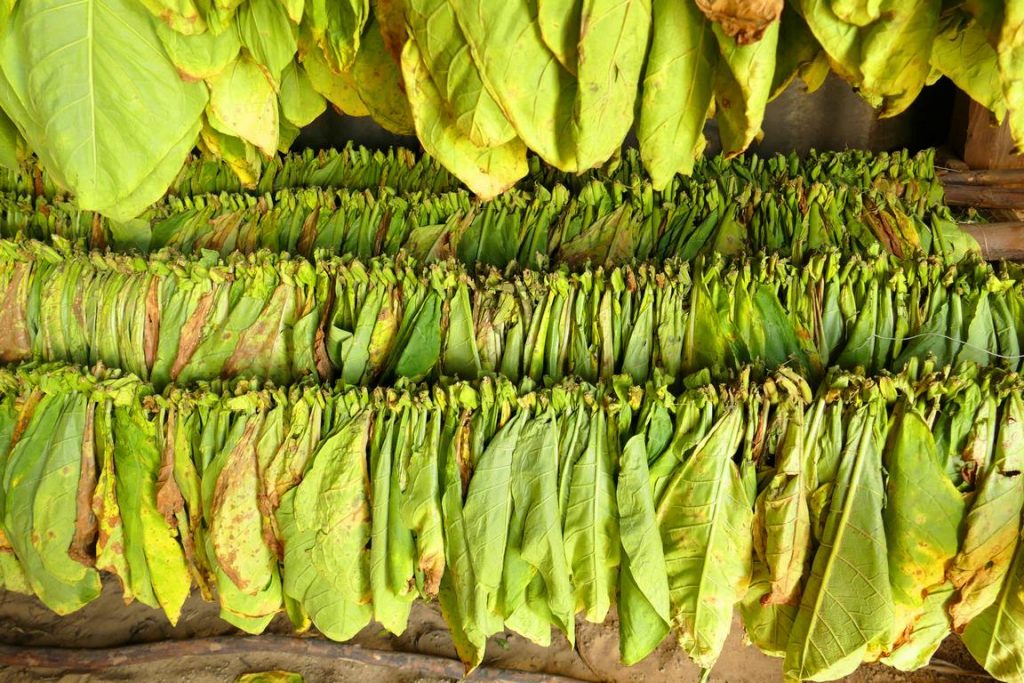
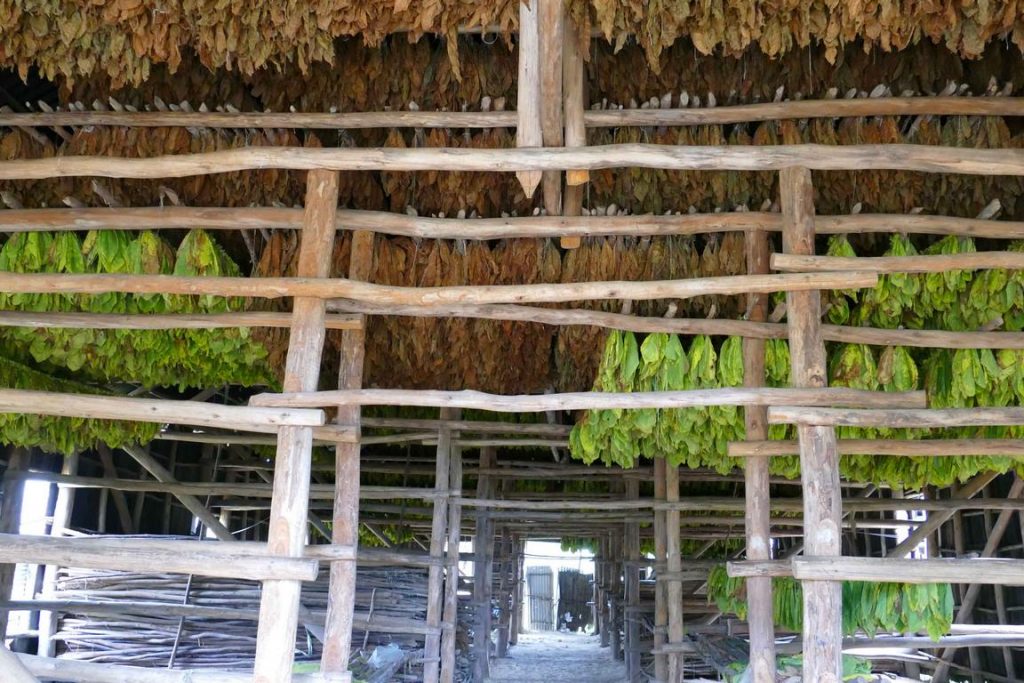

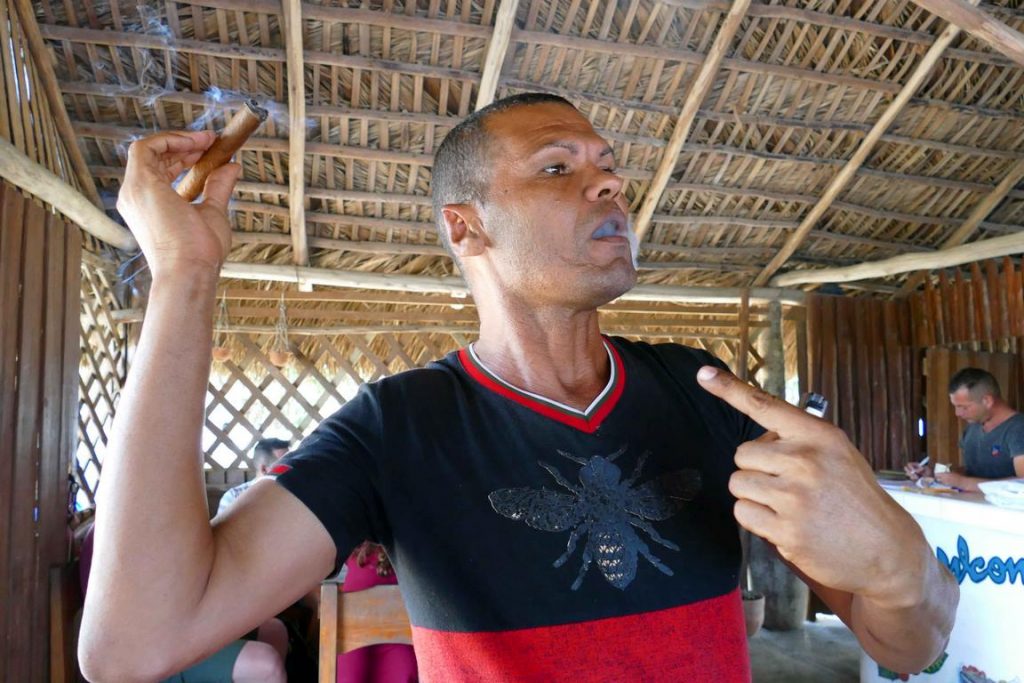
System D
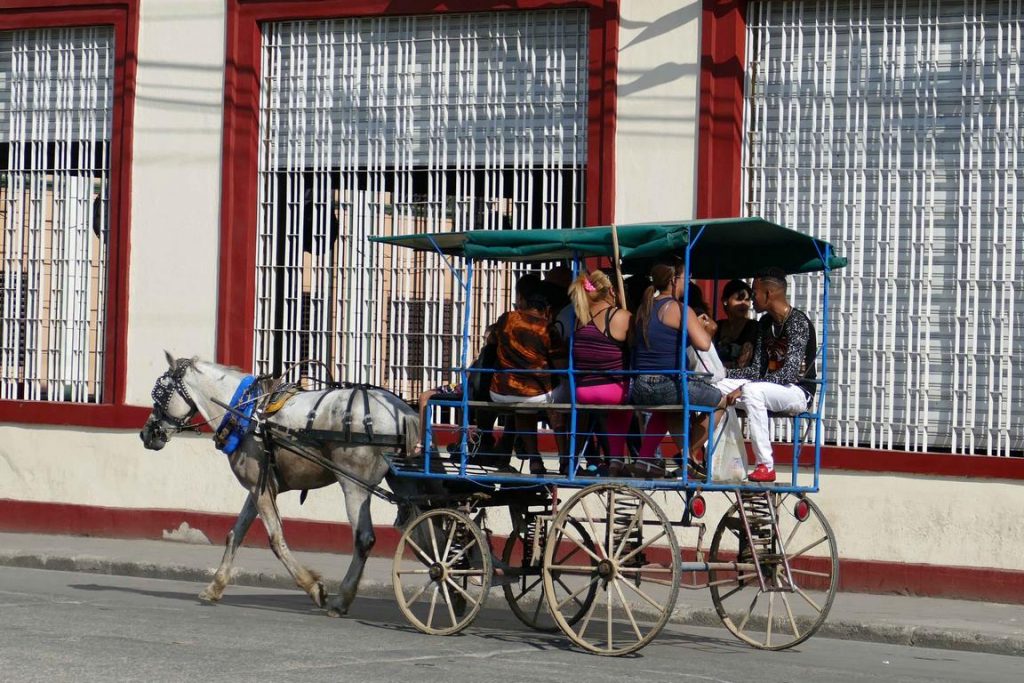
In Cuba, nothing can be taken for granted. Resourcefulness, inventiveness and tinkering make up for the shortage of materials. The Cubans have turned tinkering into an art that evolves as needs change. With the US embargo, they have to make do with less every day in order to get around, go to work or simply get on with life. This constraint shapes the Cuban mindset and their legendary adaptability. Without forgetting their sense of mutual aid and sharing.

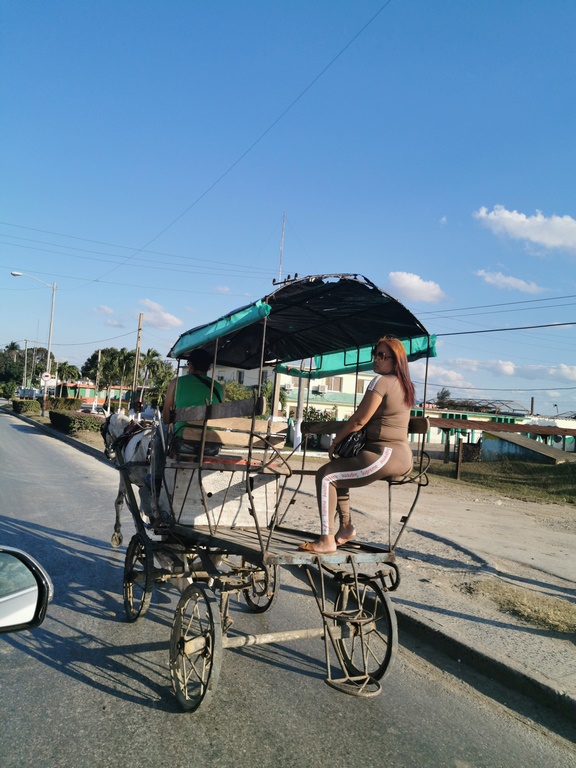
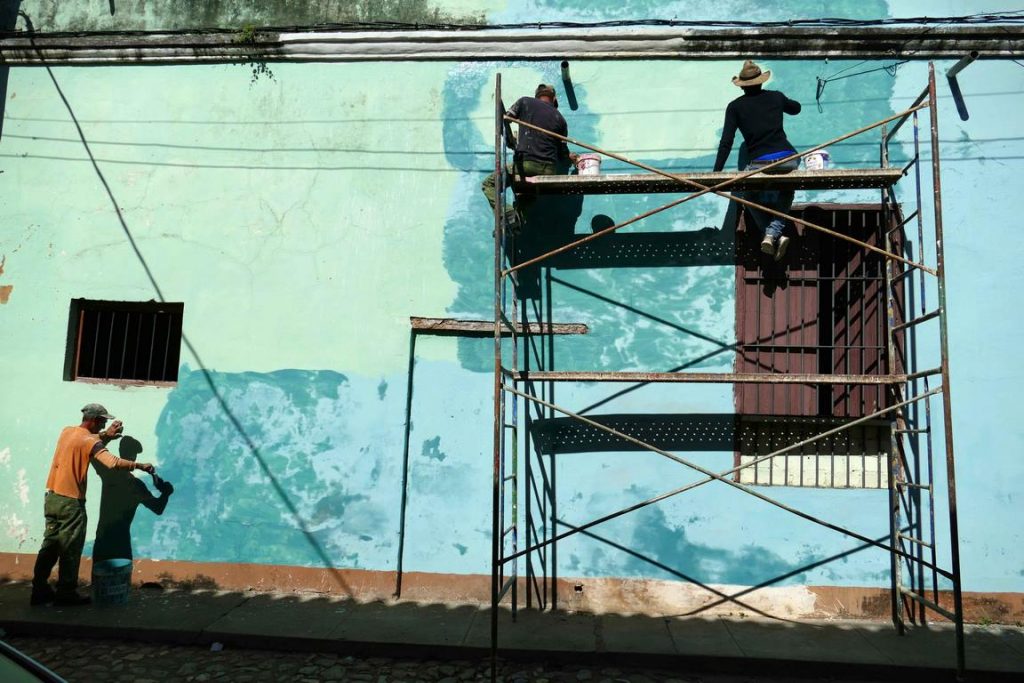
The collapse of Venezuela's oil-supplying ally and the embargo tightened by Donald Trump have undermined the hopes of many for a better life that began during the Obama-Castro era.
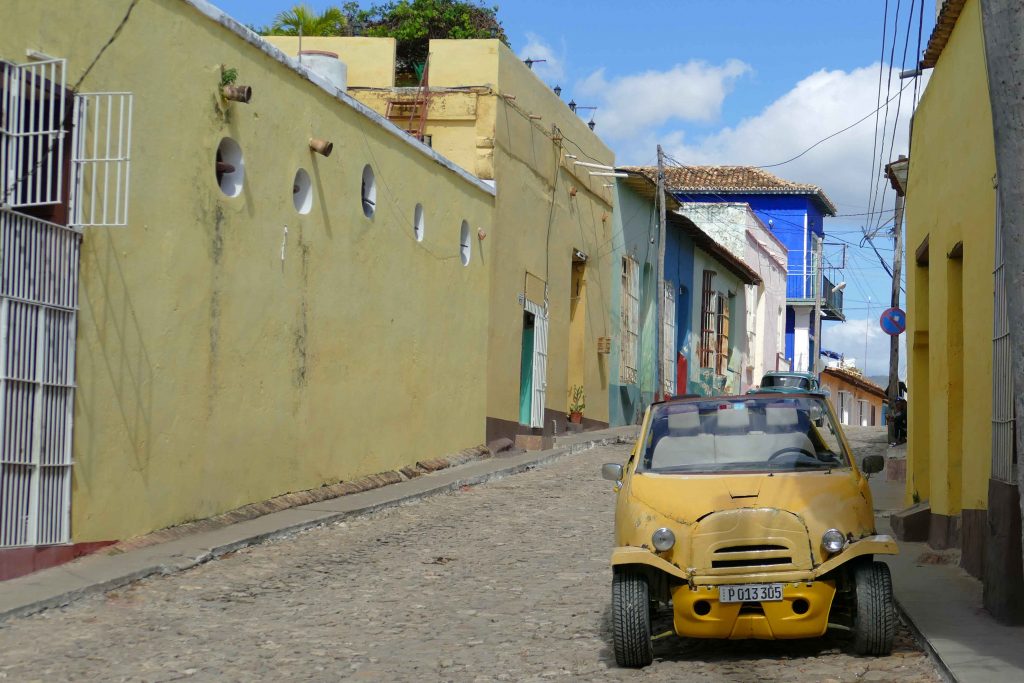
Santeria: a cult of voodoo origin

When the slave-owning colonialists tried to impose Catholicism on their African slaves from the start of Spanish colonisation and to forbid them to practise their religion, the slaves concealed and protected their beliefs by attributing a Catholic saint to each deity in the Yoruba pantheon. This religion, which originated in Nigeria and Benin, still has its followers and saints today, los santosknown as orishas are still venerated by the faithful. They merge with the saints of the Catholic religion and it is common for a santero to wear a cross and a string of pearls in the colours of orisha honoured.
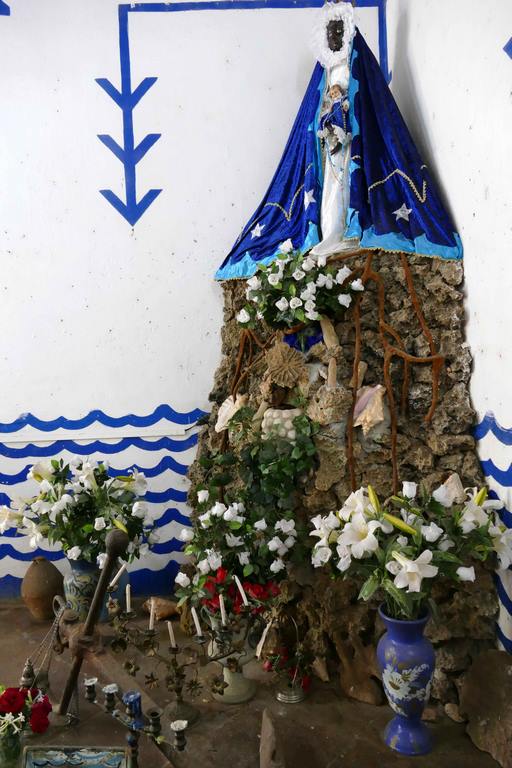
The Santeria (literally fraternity of saints) considers that the new initiate is reborn and is therefore treated like a newborn baby. For seven days, they must remain isolated in a room. At the end of this week, the novice may leave the room, but is subject to certain rules for a year, such as dressing entirely in white at all times.

Elégguá, Elegbá or Elewua is a Orisha a god who guards the access roads and crossroads. He is the messenger d'Olofi (Holy Spirit). Tribute is paid to him at the beginning and end of all the ceremonies of the santeria.

Afro-Cuban inspired street art

In the heart of the district Cayo Hueso in Havana, contemporary artist Salvador Gonzales Escalona has decorated an alleyway: the Callejon de HamelThis is the place to go for a total immersion experience, with performances and sculptures inspired by santeria. On Sundays, this Mecca of Cuban street art comes alive to the sounds of congas and drums, attracting crowds of curious onlookers and tourists. But it's hard to spot the dancers and musicians, as the alleyway is so crowded.
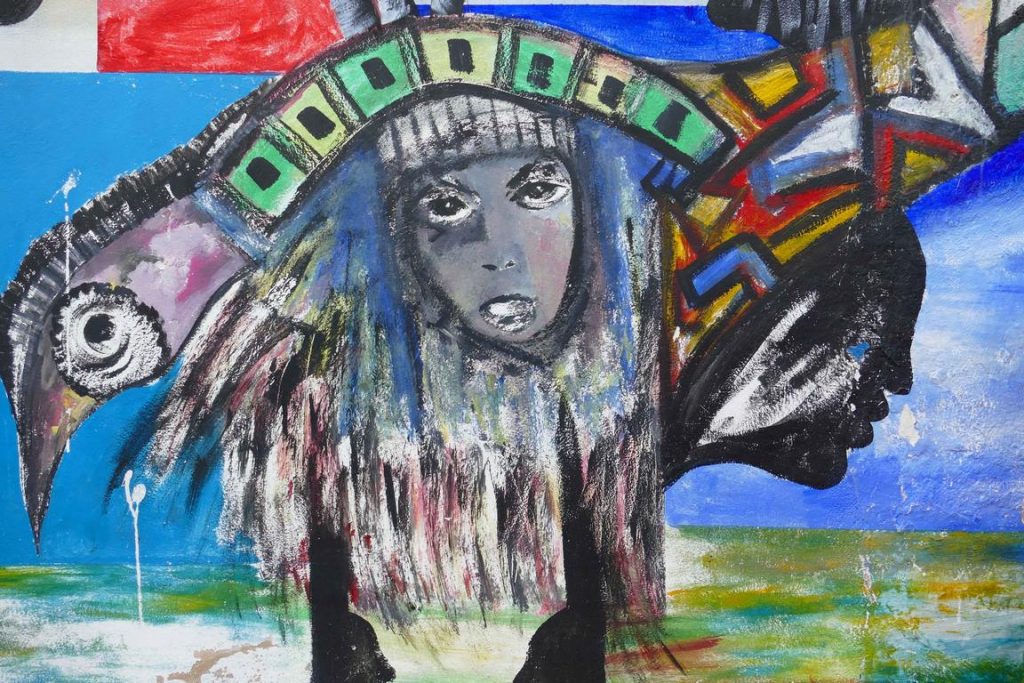
Initiated into the cult of Shangô, Salvador began working on the sets for the Callejon in 1990, imagined as the first temple of black culture.
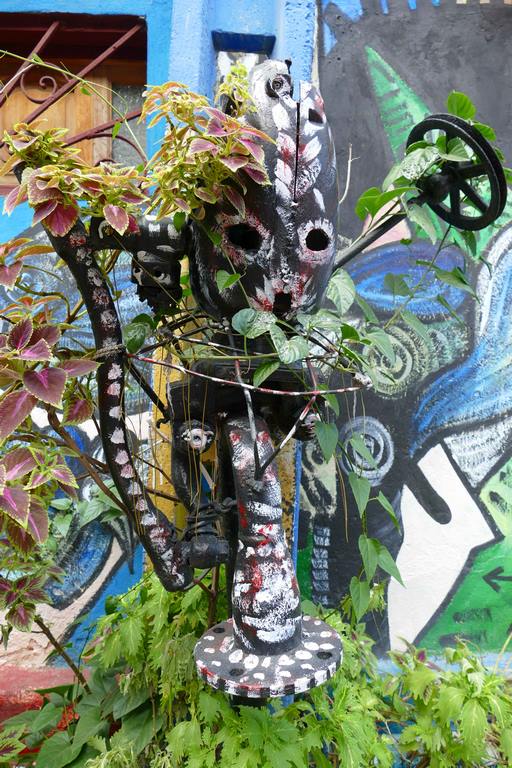

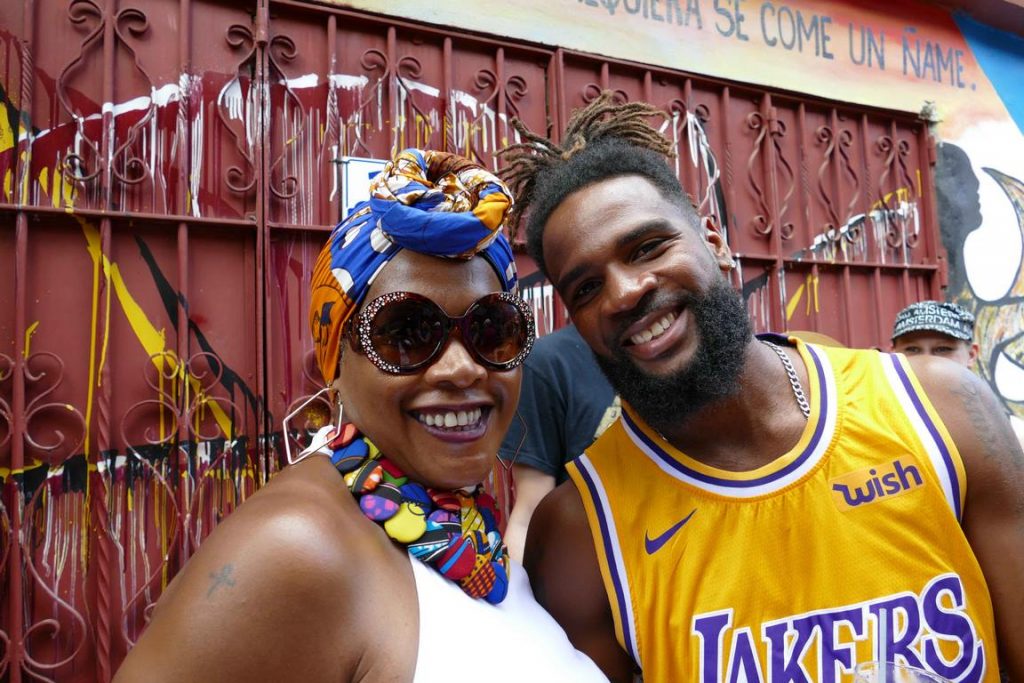
Loose beauties
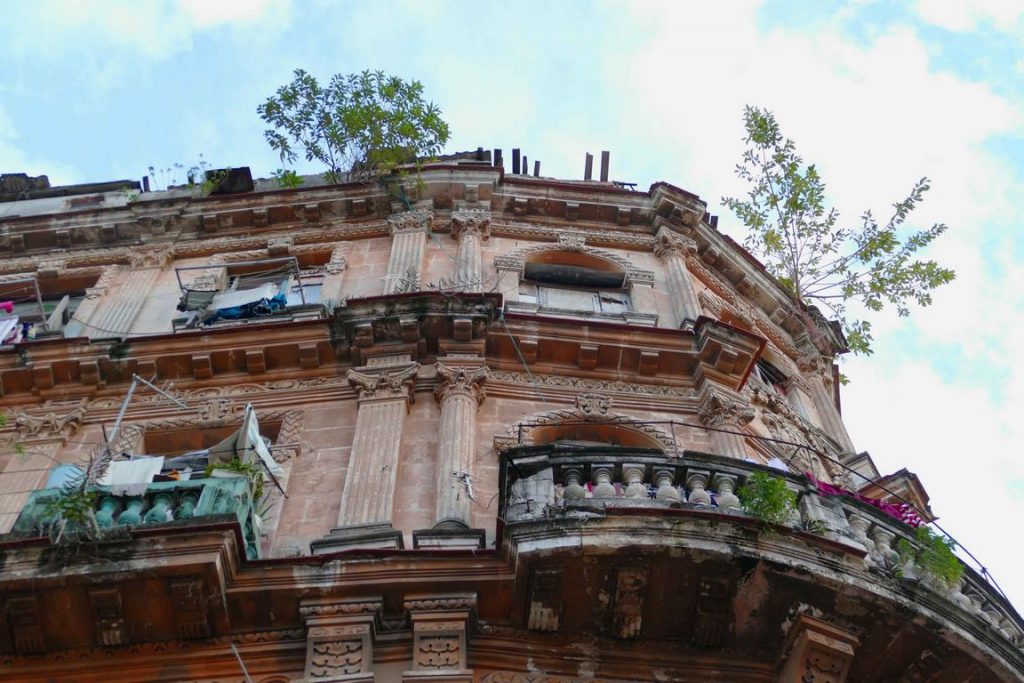
Listed as a UNESCO World Heritage Site in 1982, Old Havana (Habana vieja) is currently being restored. Except that there are no workers on the scaffolding. You only have to stray a little from the tourist streets to see the dilapidation of some of the homes, most of which are still inhabited. The misery in the historic centre was exacerbated by Hurricane Irma in 2017: some 30,000 homes were destroyed in a single night (14,600 of them completely), particularly in the streets adjacent to the Malecón on the seafront. Even during the Revolution, only 500 of the 3,000 buildings in the old town were in good condition. The cause: the lack of public investment over many years, the owners' lack of resources and recurring shortages of building materials, if not their prohibitive cost.
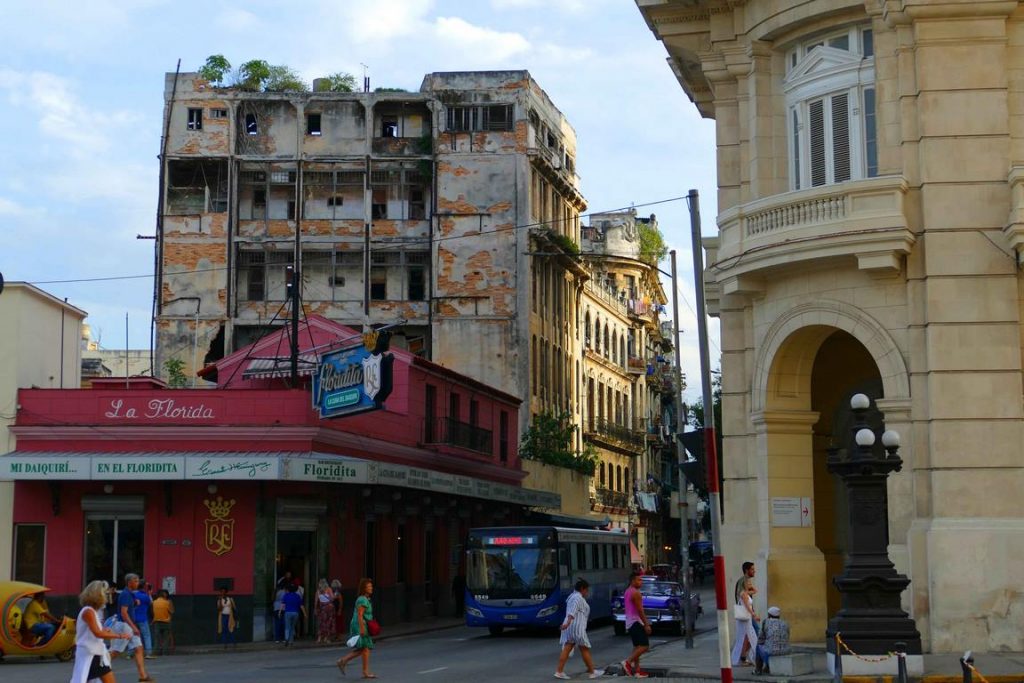
There are a few squares and famous buildings that have been restored. As for the rest, apart from the big hotels and tourist streets, all the buildings are dilapidated, ageing or in ruins. The faded colour of the façades, with their baroque, art deco and neoclassical allure, and the laundry, plants and electrical wires that cling to them, are certainly part of the city's charm. But you can't help but be touched by the poverty that shines through the different neighbourhoods. Havana is far from a smooth, sanitised city. It's an endearing, sensual city that takes time to discover. It's a blend of modern life and a dying city.
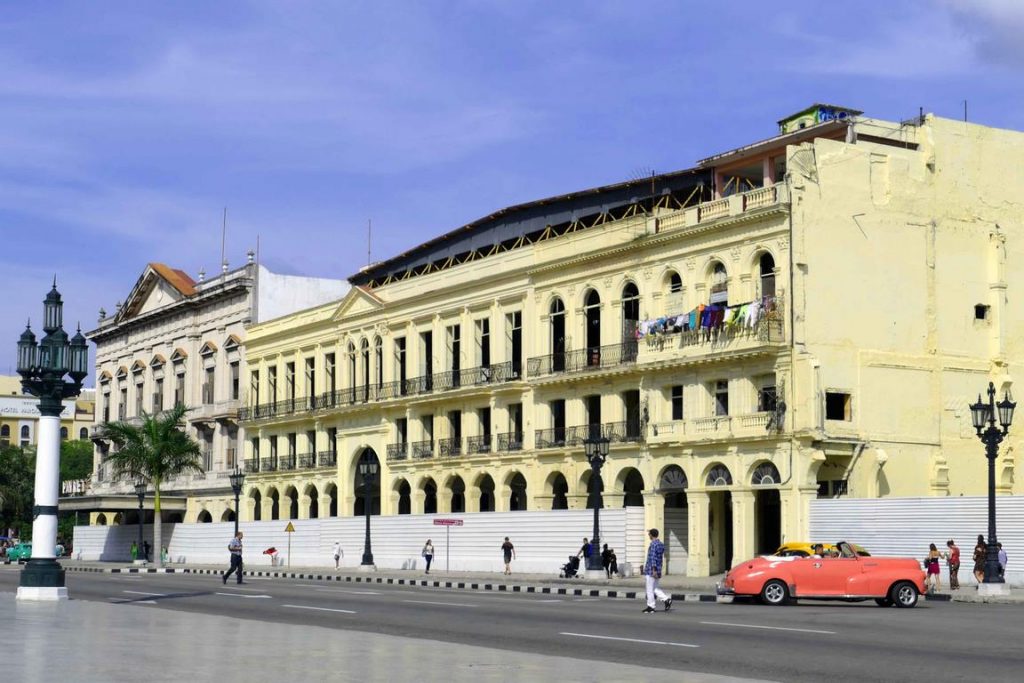
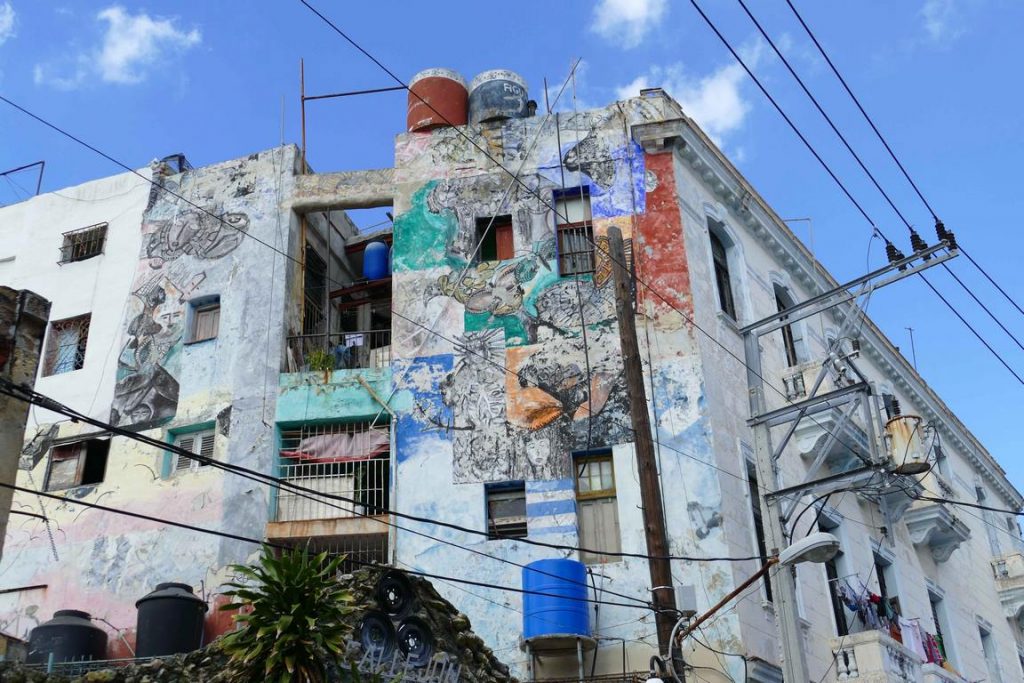
Text and Photos: Brigitte Postel

Hello,
A little stroll through your site, the art of resourcefulness and sunshine in Havana, thank you for the trip. Big kisses